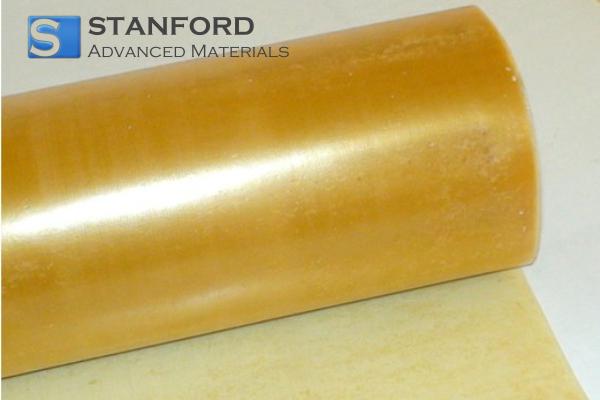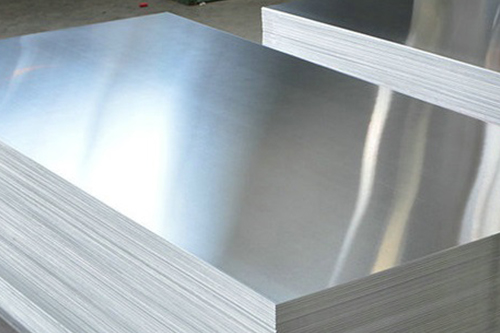ASTM C33: Standards For Concrete Aggregates
Description
ASTM C33 was developed by the American Society for Testing and Materials as the standard specification covering the quality and grading of aggregates used in concrete. It ensures that fine or coarse aggregates conform to specific requirements that enhance the strength, durability, and performance of concrete in construction applications.
Key aspects of ASTM C33
Purpose and Importance
ASTM C33 provides specifications for concrete aggregate selection, grading, and testing to ensure high-quality concrete. The standard ensures the aggregates in the concrete mix contribute to the necessary strength, workability, and durability of the constructed structure. This will provide construction projects with structural integrity, reduced risk of defects, and safety, both now and in the future.
Aggregate Grading
The standard classifies aggregate into several grades according to particle size. Grading is the division of aggregates into different sizes, which is an important factor in developing a homogeneous and workable mix that will affect the general performance of concrete, such as compressive strength and finishing qualities. ASTM C33 prescribes permissible limits of particle sizes for both coarse and fine aggregates to achieve consistency in concrete production.
• Coarse Aggregates: This class comprises gravels, crushed stones, and recycled concretes, with sizes ranging from 4.75 mm to 75 mm. These aggregates provide the bulk and strength to the concrete.
• Fine Aggregates: Comprises sand, with particle sizes less than 4.75 mm, filling the voids between coarse aggregates and enhancing workability.
Quality and Testing Requirements
ASTM C33 describes several quality tests for aggregates to ensure compliance, some of which include:
• Sieve Analysis: Determines the particle size distribution.
• Specific Gravity and Absorption: Measures the density and moisture absorption of aggregates.
• Organic Impurities: Checks for impurities that could potentially affect concrete performance.
• Soundness: Assesses the resistance of aggregate to weathering and decay.
These tests help confirm that aggregates meet the necessary criteria for producing high-performance concrete.
Impact on Steel and Iron Reinforcement
The quality of the aggregates specified in ASTM C33 directly impacts the performance of reinforced concrete. Properly graded aggregates will enhance bond to the concrete by the reinforcing steel, reducing instances of corrosion and producing reinforced concrete that is stronger and more durable. By adhering to the requirements of ASTM C33, contractors can ensure that concrete will perform effectively under diverse types of stresses and environmental conditions.
ASTM C33 Sand
ASTM C33 Sand is a specific grade of fine aggregate that, in concrete mixes, must meet the requirements of this standard concerning particle size and quality. The sand is commonly used to fill in the gaps between larger coarse aggregates in the concrete mix, improving workability and providing a smooth finish to the concrete.
Key Characteristics of ASTM C33 Sand:
• Particle Size: Typically ranges from 0.075 mm to 4.75 mm, which must be adequate for proper filling of the voids without adversely affecting the mix performance.
• Purity: Sand should be free from impurities such as clay, salt, or organic substances. Impurities interfere with the bonding of cement and reduce concrete strength.
• Shape: Angular particles are better for bonding in the concrete mix, whereas rounded particles may reduce strength by allowing particles to move freely within the mix.
• Moisture Content: ASTM C33 sand requires controlled moisture content, as excessive moisture could compromise the concrete mix with an incorrect water-cement ratio, potentially affecting final strength and durability.
Applications:
ASTM C33 sand is integral to a wide range of applications, from building foundations and pavements to infrastructure projects such as bridges and roads, because high strength and durability of concrete are essential. It is a crucial ingredient in precast concrete products, where uniformity and high performance are critical.
Aggregate Grades and Their Applications
|
Aggregate Grade |
Particle Size Range (mm) |
Common Uses |
|
1 |
4.75 - 19.0 |
General concrete, pavements |
|
2 |
4.75 - 37.5 |
High-strength concrete, motorways |
|
3 |
19.0 - 37.5 |
Heavy-duty pavements, industrial |
|
4 |
37.5 - 75.0 |
Structural concrete, large infrastructure projects |
For more information, please check Stanford Advanced Materials (SAM).
Frequently Asked Questions (FAQs)
What is ASTM C33?
The ASTM C33 standard provides detailed specifications regarding the grading and quality of fine and coarse aggregates for use in concrete, ensuring appropriate performance for any construction project.
What is the function of ASTM C33 sand in concrete?
Fine aggregate added to the ASTM C33 sand used to fill the voids between coarse aggregates improves workability, finish, and strength of concrete.
How does ASTM C33 ensure concrete quality?
By specifying the required grading, quality, and testing methods for aggregates, ASTM C33 provides assurance that concrete mixes are likely to perform as required with respect to strength, durability, and workability.
Why is aggregate grading important in the production of concrete?
Proper grading ensures that the concrete mix is uniform and well-compacted, to which the strength and durability of concrete are directly related.
Can recycled concrete be used as an aggregate under ASTM C33?
Yes, recycled concrete can be used as an aggregate as long as it meets the quality standards of ASTM C33.
What happens if ASTM C33 standards are not followed?
Poor structural integrity, reduced performance, and potentially maintenance issues are the results of not adhering to ASTM C33 in concrete.

 Bars
Bars
 Beads & Spheres
Beads & Spheres
 Bolts & Nuts
Bolts & Nuts
 Crucibles
Crucibles
 Discs
Discs
 Fibers & Fabrics
Fibers & Fabrics
 Films
Films
 Flake
Flake
 Foams
Foams
 Foil
Foil
 Granules
Granules
 Honeycombs
Honeycombs
 Ink
Ink
 Laminate
Laminate
 Lumps
Lumps
 Meshes
Meshes
 Metallised Film
Metallised Film
 Plate
Plate
 Powders
Powders
 Rod
Rod
 Sheets
Sheets
 Single Crystals
Single Crystals
 Sputtering Target
Sputtering Target
 Tubes
Tubes
 Washer
Washer
 Wires
Wires
 Converters & Calculators
Converters & Calculators
 Write for Us
Write for Us




 Chin Trento
Chin Trento



